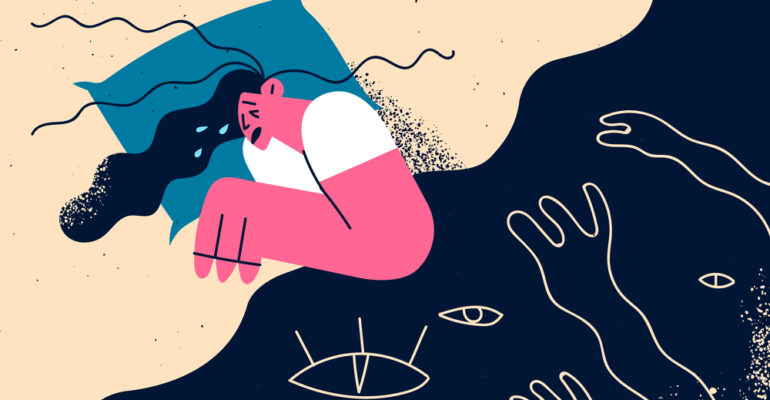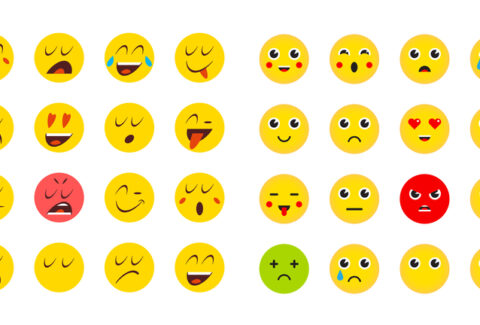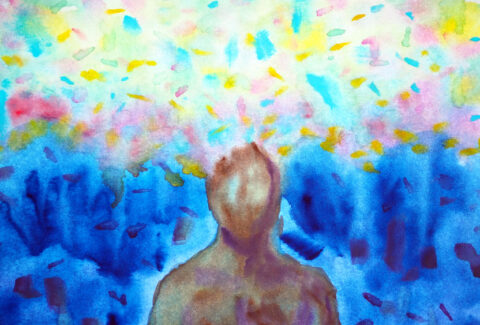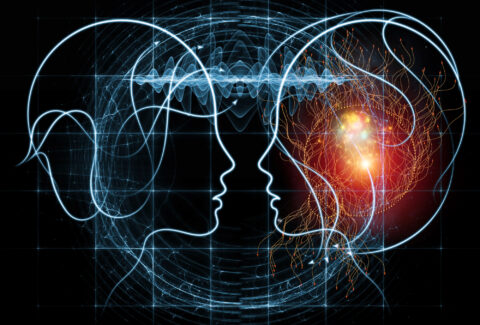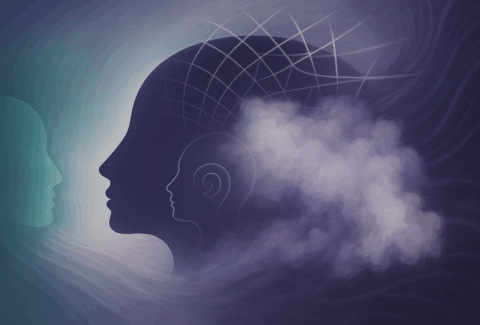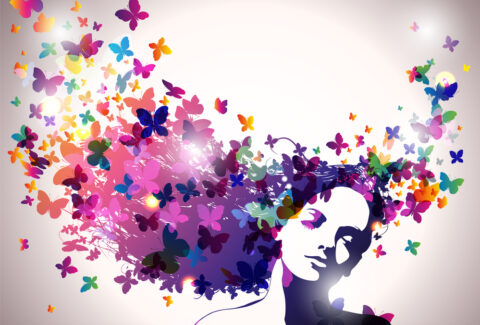Psychic Pain: Understanding Emotional Suffering and the Path to Healing
Introduction: What is Psychic Pain?
Psychic pain[1], often referred to as emotional or psychological pain[2], encompasses the deep distress that arises from non-physical causes, such as loss, trauma, rejection, and unresolved conflict. It’s a form of suffering that can weigh as heavily on the mind and soul as physical pain does on the body. Psychic pain affects the entirety of our being, altering how we perceive the world, how we relate to others, and how we experience our own identity. Often, psychic pain is invisible to those around us, making it even more challenging to address and heal.
This form of pain is a universal human experience and is often linked to existential concerns, interpersonal relationships, and intrapsychic conflicts. Understanding its origins and effects is the first step toward meaningful recovery and resilience.
The Nature of Psychic Pain: Where Does It Come From?
Psychic pain can stem from a variety of sources, including early childhood trauma, abandonment, the loss of a loved one, existential crises, and emotional isolation. Freud posited that psychic pain[3], particularly mourning and melancholia, arises when the individual’s ego is unable to reconcile with a significant loss. Whether that loss is of a person, an ideal, or a sense of self, the ego experiences an unbearable weight, leading to depressive or melancholic states.
John Bowlby’s Attachment Theory offers further insight into psychic pain, suggesting that early disruptions in attachment[4]—such as inconsistent care or emotional unavailability—can leave lasting emotional scars. When the fundamental need for safety, security, and love is not met in infancy, the child may grow up experiencing psychic pain as a chronic undercurrent, leading to difficulties in relationships and emotional regulation in adulthood.
Moreover, the loss of a loved one, a job, or a personal identity crisis can trigger intense psychic pain. According to Kübler-Ross’s model of grief[5], people may experience stages of denial, anger, bargaining, depression, and acceptance in response to significant losses. These stages highlight the emotional intensity and complex nature of psychic pain, which is a core element in many mental health disorders, including depression and anxiety.
Psychic Pain and the Brain: Neuroscience Perspectives
Psychic pain is not only a metaphorical experience but also a physiological one.[6] Neuroscientific research has revealed that emotional pain activates the same regions of the brain as physical pain. In particular, the anterior cingulate cortex (ACC) and the insula are involved in both physical pain and emotional distress.[7] This overlap in neural circuitry explains why emotional pain can feel as intense and real as physical pain. When someone says their heart aches or that they are in emotional agony, these feelings are biologically grounded in the brain’s response to pain.
Studies using functional MRI (fMRI) technology have shown that social rejection and feelings of isolation or exclusion activate the pain matrix in the brain, just like physical injury does. For example, Eisenberger, Lieberman, and Williams (2003) found that participants who were excluded from a simulated ball-tossing game exhibited increased activation in the ACC, the same region activated by physical pain. These findings emphasize that psychic pain is not simply an abstract concept; it is embedded in our neurobiology.
The Psychological Consequences of Unresolved Psychic Pain
When left unaddressed, psychic pain can have devastating psychological consequences. It can lead to depression, anxiety, substance abuse, and even suicidal ideation. In severe cases, psychic pain can manifest as complex grief, where an individual is unable to move beyond the acute phases of loss, leading to prolonged suffering and functional impairment.
Additionally, unresolved psychic pain[8] often results in what is termed as emotional dysregulation[9], where the individual struggles to manage their emotions in healthy and adaptive ways. This can result in emotional outbursts, withdrawal, self-harm, or dissociative states, all of which further perpetuate the cycle of suffering. Psychodynamic theorists such as Winnicott[10] argue that the inability to express and work through psychic pain can lead to a false self, where the individual suppresses their true emotions and presents a facade to the world, only deepening their sense of isolation and inner turmoil.
Healing Psychic Pain: Pathways to Recovery
Healing from psychic pain is not a linear process, but it is achievable with the right tools, support, and interventions. Below are key approaches that can help individuals work through their psychic pain:
- Acknowledgment and Expression: The first step in healing is recognizing and giving voice to the pain. Repressing or denying emotional suffering only strengthens its hold. According to psychodynamic theory, healing begins when the individual brings unconscious or suppressed feelings into conscious awareness (Freud, 1915). Psychotherapy provides a safe space for this process, allowing individuals to explore and express their psychic pain in a therapeutic setting.
- Mindfulness and Self-Compassion: Mindfulness practices can be invaluable in helping individuals sit with their emotional pain without being overwhelmed by it. Research by Neff (2003) has shown that self-compassion[11] or treating oneself with kindness and understanding in moments of distress, can reduce the intensity of psychic pain. Mindfulness helps individuals become aware of their emotional states without judgment, offering a buffer against emotional reactivity.
- Cognitive Behavioral Therapy (CBT): CBT is one of the most effective therapies for treating psychic pain associated with depression and anxiety.[12] It focuses on identifying and challenging maladaptive thought patterns that contribute to emotional suffering (Beck, 1967). By reframing these thoughts and learning new coping strategies, individuals can reduce the intensity of their psychic pain and develop more adaptive emotional responses.
- Social Support: As social beings, humans need connection to heal. Research consistently shows that individuals with strong social support networks are better equipped to cope with emotional pain. Friends, family, and support groups can provide emotional validation and a sense of belonging, both of which are crucial for healing psychic pain.
- Therapeutic Modalities: In addition to traditional talk therapy, other therapeutic modalities such as Eye Movement Desensitization and Reprocessing (EMDR) and trauma-informed therapies have been found effective in helping individuals process and release psychic pain, especially when related to traumatic experiences.
Conclusion: Moving Forward with Healing
Psychic pain is a universal yet deeply personal experience, one that demands attention, understanding, and care. While it can be debilitating, it also presents an opportunity for profound healing and growth. By acknowledging and addressing psychic pain through psychotherapy, mindfulness, and social support, individuals can move toward greater emotional resilience and well-being. Psychic pain, when met with compassion and patience, can ultimately serve as a catalyst for personal transformation.
[1] Frosch, Allan. Absolute truth and unbearable psychic pain: Psychoanalytic perspectives on concrete experience. Routledge, 2018.
[2] Meerwijk, Esther L., and Sandra J. Weiss. “Toward a unifying definition of psychological pain.” Journal of Loss and Trauma 16.5 (2011): 402-412.
[3] Fleming, Manuela. “On mental pain: from Freud to Bion.” International Forum of Psychoanalysis. Vol. 17. No. 1. Taylor & Francis Group, 2008.
[4] Brandell, Jerrold R. “Contemporary psychoanalytic perspectives on attachment.” Psychoanalytic Social Work 17.2 (2010): 132-157.
[5] Carter, Susan L. “Themes of grief.” Nursing Research 38.6 (1989): 354-357.
[6] Papini, Mauricio R., Perry N. Fuchs, and Carmen Torres. “Behavioral neuroscience of psychological pain.” Neuroscience & Biobehavioral Reviews 48 (2015): 53-69.
[7] Steck, Andreas, et al. “Pain and Mind-Body.” Brain and Mind: Subjective Experience and Scientific Objectivity (2016): 163-170.
[8] Beneitez, Imma, and Rubén Nieto. “Do we understand pain from a biopsychosocial perspective? A review and discussion of the usefulness of some pain terms.” Pain Management 7.1 (2017): 41-48.
[9] Dvir, Yael, et al. “Childhood maltreatment, emotional dysregulation, and psychiatric comorbidities.” Harvard review of psychiatry 22.3 (2014): 149-161.
[10] Fiumara, Gemma Corradi. Psychic suffering: From pain to growth. Routledge, 2018.
[11] Neff, Kristin D., and Marissa C. Knox. “Self-compassion.” Encyclopedia of personality and individual differences. Cham: Springer International Publishing, 2020. 4663-4670.
[12] Ott, Peter W. Emotional Pain: The Effect of Clinical Treatment on Perceived Physical Pain. MS thesis. University of Nevada, Reno, 2020.

